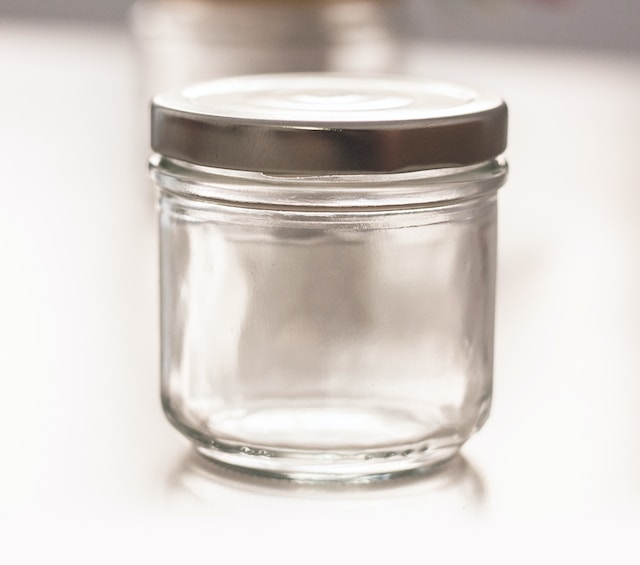It would be best to consider many factors when choosing a suitable material for your packaging needs. Ultimately, you want something that will protect your product and make it easy to use.
Glass and plastic are two popular materials used to package products today. However, it’s essential to know some key differences between the two.
Cost
Glass jars and bottles are one of the most popular forms of packaging on retail shelves. They can store various goods, including food, beverage, health supplements, and more.
Despite the cost, the decision to use glass or plastic jars should be made based on the product’s specific needs and requirements. Choosing the correct container for your product can make or break its success. It is environmentally friendly because it is 100% and indefinitely recyclable, reusable, and refillable. Food and beverages may be safely stored in them because it is inert and free of synthetic chemicals. Also, customers adore it because it is a stunning, iconic material.
Durability
One of the most significant factors in deciding which packaging material to choose is durability. Glass is more durable than plastic and is less likely to break when transported.
In addition, glass jars are more heat tolerant than plastic, so it won’t melt when hot filling processes are used. It is a good option for food products like honey, peanut butter, or jelly.
Additionally, glass is non-toxic and can’t be contaminated by chemicals or microscopic particles. It is essential for family and food safety.
While both materials have their uses, choosing the best option for your product is essential. There are several things to consider, including your shelf life expectations and line compatibility.
Recyclability
If you’re choosing between glass and plastic jars, it’s essential to understand the differences in recyclability. It will help you decide the best option for your product.
Unlike plastic, glass can be recycled many times.
It helps reduce carbon emissions because the less raw material is used to produce new products. However, only 9 percent of all plastics are recycled, so a significant percentage is still tossed in landfills or our environment.
Also, glass is very fragile and requires extra packaging during transport to keep it from cracking or breaking, which adds to the cost of transportation. Shipping a glass jar can be more expensive than a plastic bottle.
Safety
If you’re looking to purchase glass or plastic jars for your lab, it is essential to choose the right ones. Not only will you want to ensure that your jars are safe for use, but they must also be durable and easy to handle.
Glass is a highly resistant material. It does not absorb odors or stains and is chemically neutral, so it does not release any chemicals that can harm your products.
Moreover, it is a non-porous material, so nothing can get through it to reach your products. It helps to keep your foods fresher for longer and prevents the growth of bacteria.
However, glass jars are fragile and can easily break when dropped or knocked. It is especially true if the container contains hazardous materials. It is recommended to store them in a secure location when not in use.

